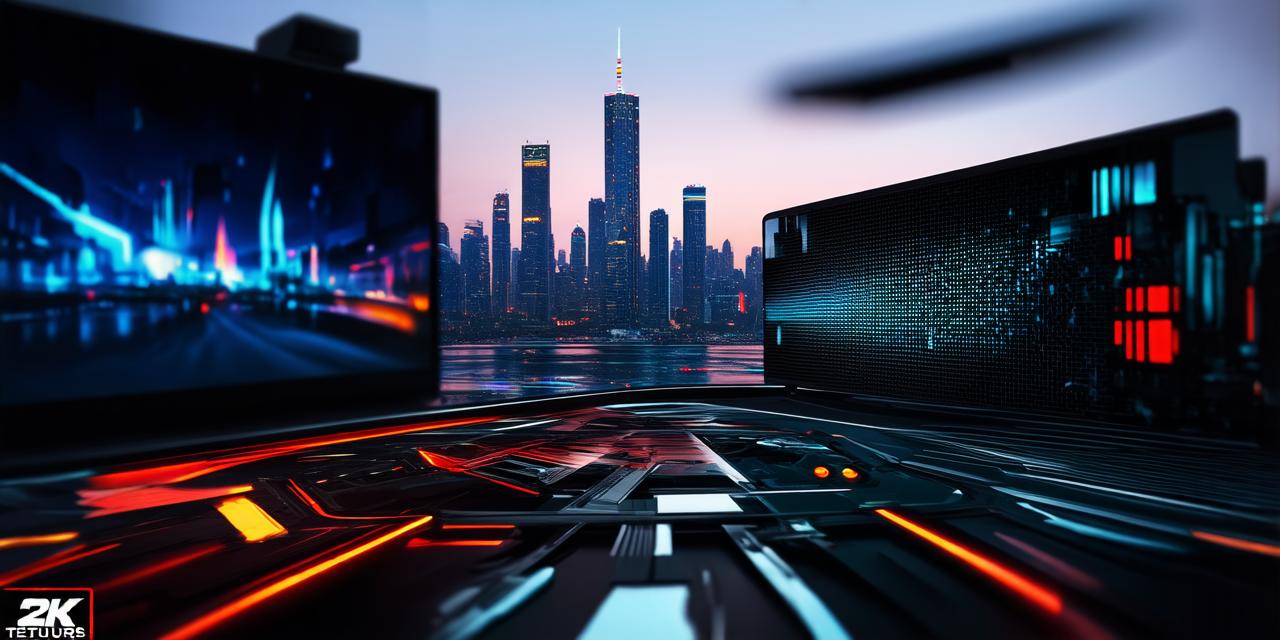Virtual Reality (VR) technology has been advancing rapidly in recent years, and many businesses and organizations are now using VR to create immersive experiences for their customers or employees.
What is a VR Development Kit?
A VR development kit typically includes a set of software development tools, hardware, and documentation that allow you to create VR applications. The tools usually include an integrated development environment (IDE), which provides a user-friendly interface for designing and programming your VR application. The IDE may also include features such as debugging tools, version control, and project management.
The hardware component of the kit may include a VR headset or display, motion tracking sensors, and other peripherals that are required to track the user’s movements in the virtual world. These sensors can be used to create realistic interactions between the user and the virtual environment.
In addition to the software and hardware, the development kit may also include documentation, such as user manuals and guides, which provide information on how to use the tools and hardware effectively. This documentation can be invaluable for developers who are new to VR development.
Benefits of Using a VR Development Kit
There are many benefits to using a VR development kit when creating virtual reality applications. Some of these benefits include:
- Increased productivity – A VR development kit provides developers with a complete set of tools and hardware that allows them to create VR applications more quickly and efficiently.
- Improved user experience – VR development kits allow developers to create highly immersive experiences for users, which can be more engaging and enjoyable than traditional 2D interfaces. This can lead to increased user engagement and better retention rates.
- Enhanced creativity – With a VR development kit, developers have the ability to experiment with different design and programming techniques, which can help them come up with innovative ideas for new applications.
- Reduced risk of errors – A VR development kit typically includes features such as debugging tools and version control, which can help developers catch and fix errors in their code more quickly. This can reduce the risk of costly mistakes and delays in project timelines.
- Better collaboration – With a VR development kit, developers can work together on projects in real-time, even if they are located in different parts of the world. This can help businesses and organizations improve communication and coordination among team members.
Real-World Examples of VR Development Kits in Action
There are many companies that have successfully used VR development kits to create compelling virtual reality experiences for their customers or employees. Some examples include:
- Oculus – Oculus is a company that provides a range of VR hardware and software solutions, including the Oculus Quest 2 headset and the Unity game engine. Many game developers use the Unity engine to create games and applications for the Oculus platform.
- Unreal Engine – Unreal Engine is another popular game engine that is used to create virtual reality experiences. The engine includes a range of tools and features that make it easy for developers to create highly immersive experiences for users.
- HTC Vive – HTC Vive is a company that provides a range of VR hardware solutions, including the Vive Pro headset and the Vive Index controllers. The Vive platform is popular among businesses and organizations that want to create virtual reality training and simulation programs.
- Google Daydream – Google Daydream is a mobile-based VR platform that allows users to experience virtual reality on their smartphones. Developers can use the Unity engine to create applications for the Daydream platform.
